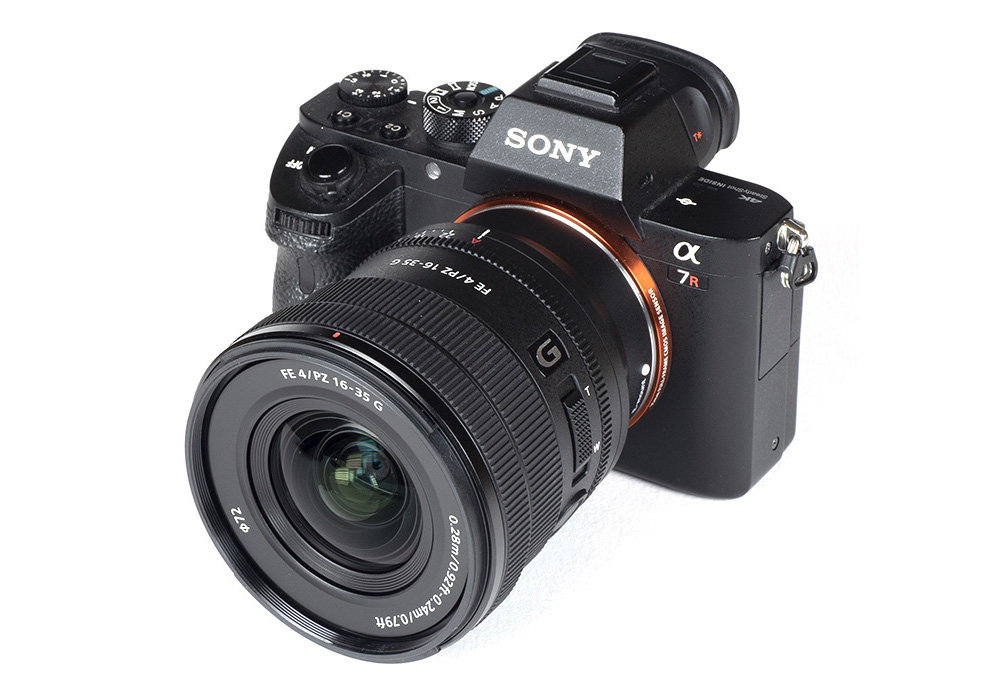Review by Klaus Schroiff, published August 2022
Introduction
When it comes to camera gear, hybrid is the new black – thus, cameras and lenses should be aligned to both photographic and video work. Sony listened and released the Sony FE PZ 16-35mm f/4 G. You may wonder a little bit about the paper specs of this new lens. After all, they are almost identical to the Zeiss Vario-Tessar T* FE 16-35mm f/4 OSS, one of the earliest full format E-mount lenses. Both lenses are also in the same price league at $1200 (Sony) and $1000 (Zeiss), respectively. Sony may not admit it yet, but it’s realistic to assume that the Zeiss lens will be phased out soon – alongside the Zeiss partnership, it seems. Sony hasn’t released any Zeiss-branded lens in quite a while.
You could make an argument that the Sony lens has been optimized for video, whereas the Zeiss is the one for photographers. However, in real life, this isn’t really something to worry about. While the super smooth PZ=power zoom may not be mechanically coupled, the zoom action is almost seamless when used in a conventional way. Besides the zoom ring, there’s also a zoom rocker. Some Sony cameras do also support camera-controlled zooming. Another video-centric feature is a de-clicking option for the aperture ring via a dedicated switch – plus an aperture lock switch. And finally, there is also an additional, customizable focus-hold button. Besides having a moderate focus breathing, the lens is also compatible with Sony’s Breathing Compensation function in select Alpha cameras. As the name implies, this is a G-class lens – targeting semi-professional use (BTW, even when ignoring the wealth of options, we think that having three lens classes is a major differentiator of the Sony ecosystem). The lens is super lightweight at just 353g, yet the build quality is really good thanks to high-quality plastics for the lens body based on a metal mount – combined with a dust- and moisture-resistant design. A petal-shaped lens hood is part of the package.

Besides the four (!) XD motors for the power zoom mechanism, there are two more driving the quick and silent AF. Manual focusing works, of course, by-wire, thus you are driving the focus via these two XD motors as well in this case. A “missing” feature of the lens is an optical image stabilizer (like on the older Zeiss lens). Given the fact that most Sony cameras feature an in-body IS, this is certainly forgivable – and better for the long-term centering quality of the optical system.
| Specifications | |
|---|---|
| Optical construction | 13 elements in 12 groups inc. 2x AA, 1x aspherical, 1x Super ED, 1x ED elements |
| Number of aperture blades | 7 (rounded) |
| min. focus distance | 0.28-0.24m (max. magnification 1:4.3) |
| Dimensions | 80.5×88.1mm |
| Weight | 353g |
| Filter size | 72mm |
| Hood | petal-shaped (bayonet mount, supplied) |
| Other features | Customisable focus-hold button, aperture declick, aperture ring, aperture lock, power zoom, fluorine coating, dust/moisture resistant design |
| Mount | Sony FE |
Distortion
Image auto-correction is the de-facto standard today. Activated, you don’t have to worry about distortions. They are near zero, as you can see below.
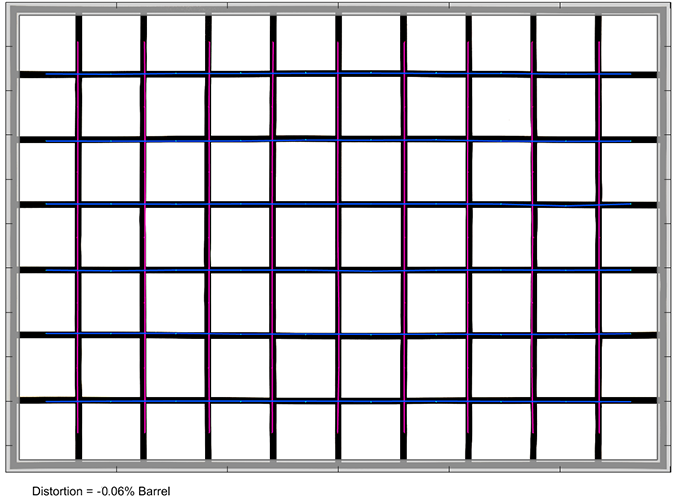
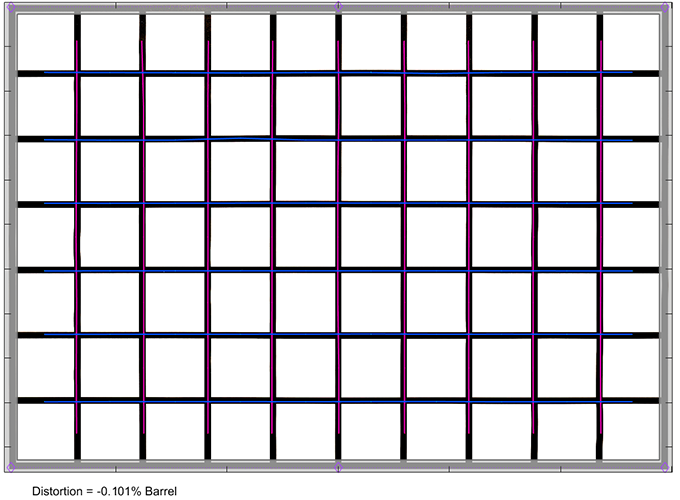
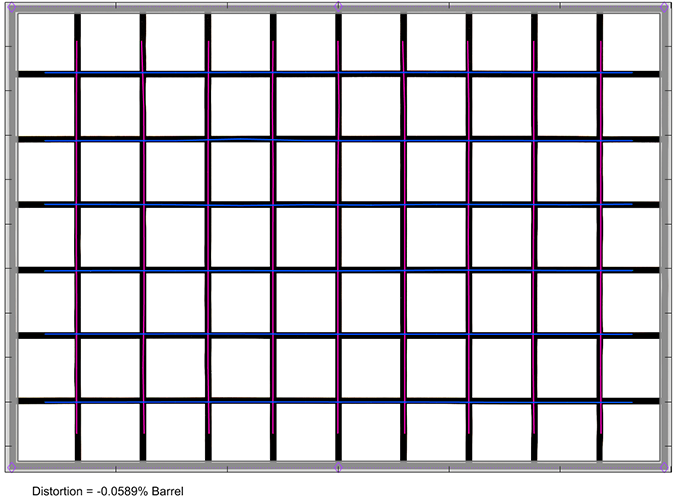
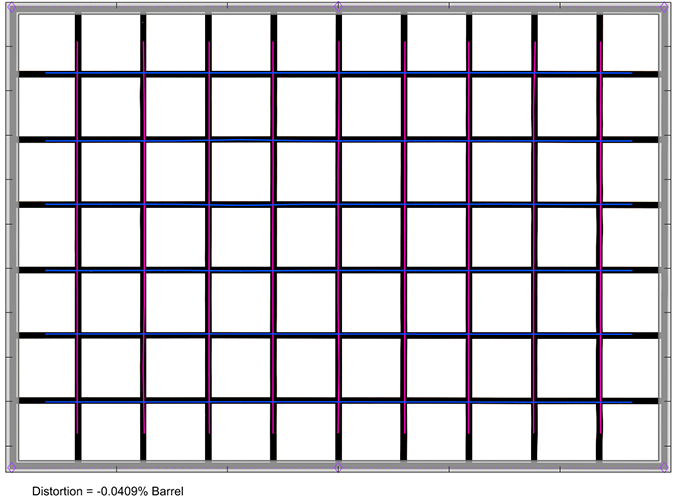
When looking at the RAW characteristic, we can see a very different “picture”, though. At almost 9% barrel distortion at 16mm, the lens has almost fisheye-like qualities. More than 4% at 20mm is also very noticeable. Overall, it’s pretty clear that this lens REQUIRES image auto-correction. That’s not bad per se, but distortion correction is a lossy procedure.
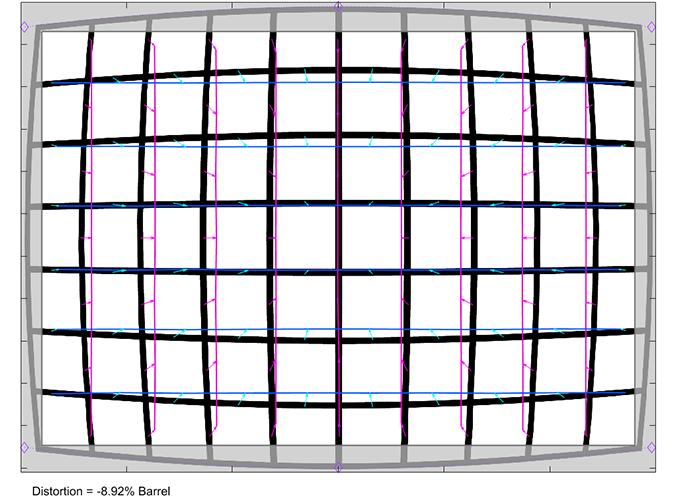
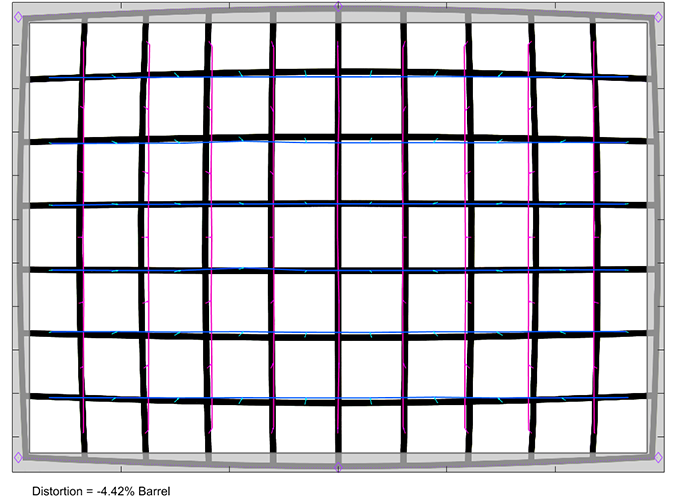
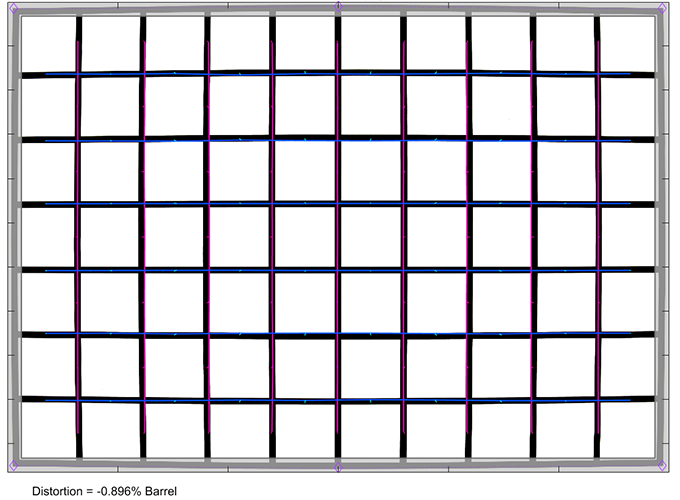
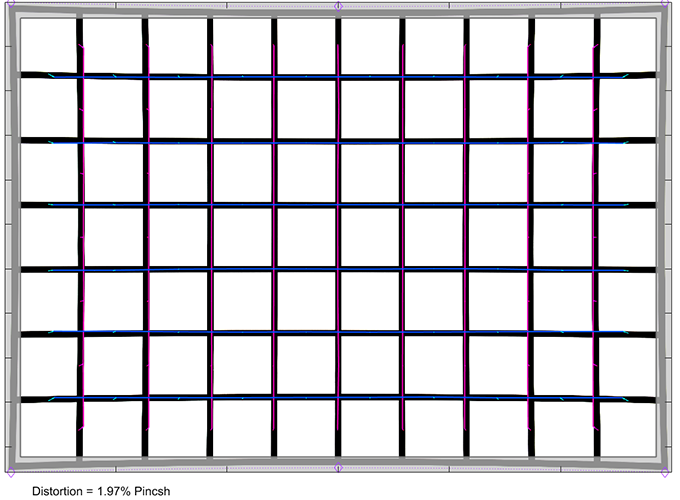
Vignetting
In standard shooting mode (auto-correction activated) the vignetting is well controlled. There is a rather “normal” peak at 16mm f/4 with a light falloff of 1.5EV (f-stops). At other settings, it hovers around the 0.7EV mark, which is pretty acceptable for such a wide lens.
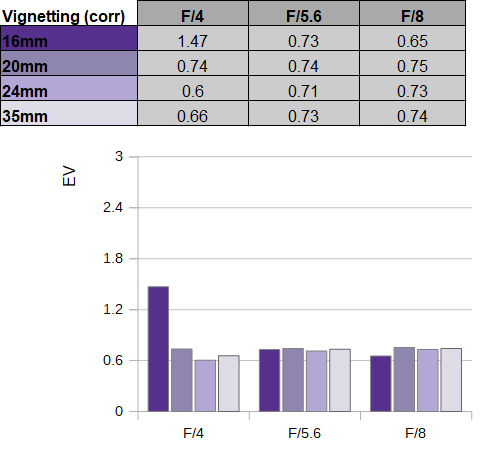
The situation changes when looking at RAW images. The vignetting is very high at 16mm f/4 – at almost 3EV (f-stops), and the figures aren’t all glorious at the other 16mm settings as well as at f/4 at longer focal lengths. That being said, they aren’t any worse than on other comparable zoom lenses either.
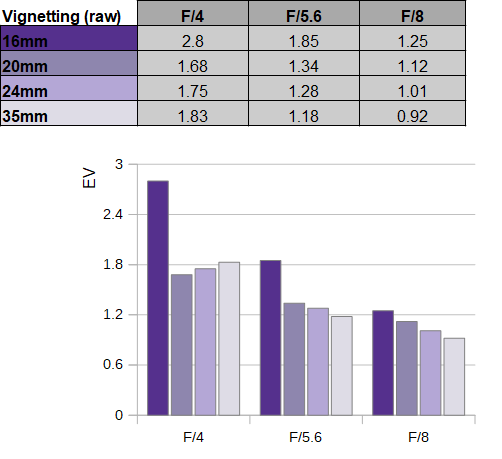
MTF (resolution at 42 megapixels)
The most interesting aspect is, of course, image sharpness. The Sony FE PZ 16-35mm f/4 G surprises with a very homogeneous characteristic across the focal length range – which is unusual in this lens class. The broader center quality is superb at large to medium aperture settings. The outer image field is still good to very good. Diffraction has a higher impact from f/11 onward.
A word of caution from real-world use here. Do yourself a favor and don’t rely blindly on the camera AF. We had some ultra-wide images where the camera focused “past infinity”, rendering the foreground defocused. Thus remember your lessons about hyper-focal distances if you are into landscape images.
The field curvature is low. The centering quality of the tested sample was Ok.
Please note that the MTF results are not directly comparable across the different systems!
Below is a simplified summary of the formal findings. The chart shows line widths per picture height (LW/PH) which can be taken as a measure of sharpness. If you want to know more about the MTF50 figures, you may check out the corresponding Imatest Explanations.

Chromatic Aberrations (CAs)
Once again – on Sony cameras, you don’t really have to worry about chromatic aberrations due to image auto-correction. However, even the RAW CAs are quite low, with an average CA pixel width of around 0.8px in the low to mid-range and less than that at 35mm.

Sun Stars
Below is s sequence of images from f/4 all the way up to f/16 – illustrating the Sunstar behavior (using LED lights). Sunstars are an aperture effect when shooting bright light sources such as street lights, the sun, etc. At f/4, thus at maximum aperture, the effect is very underdeveloped simply because the aperture is basically circular. The Sunstar effect increases the more you stop down – until a certain setting from where it diminishes again. If you scroll through the aperture range below, you may notice that the sweet spot is around the f/11 mark. The light rays are “pointy”, which is considered to be more desirable than the “fan” variant.
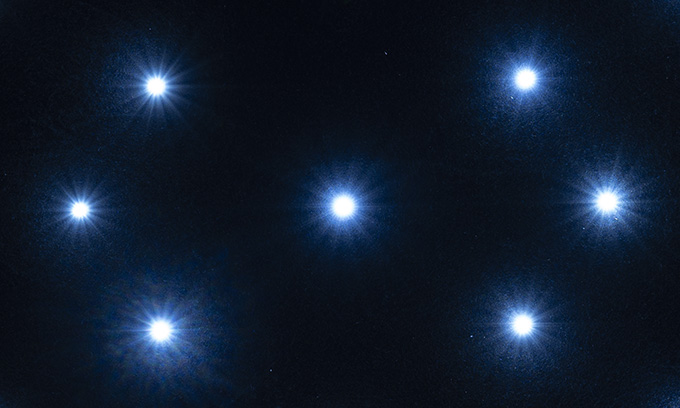
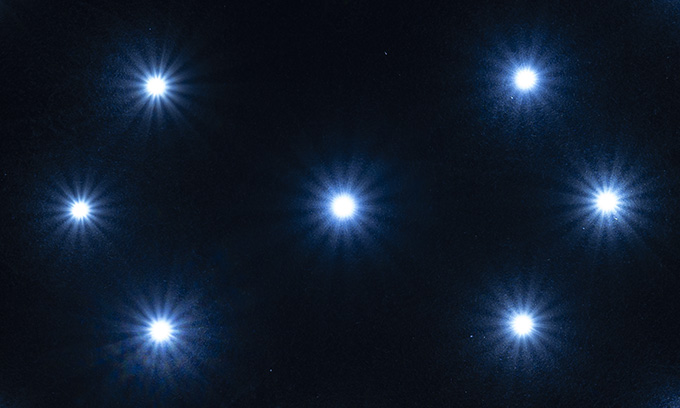
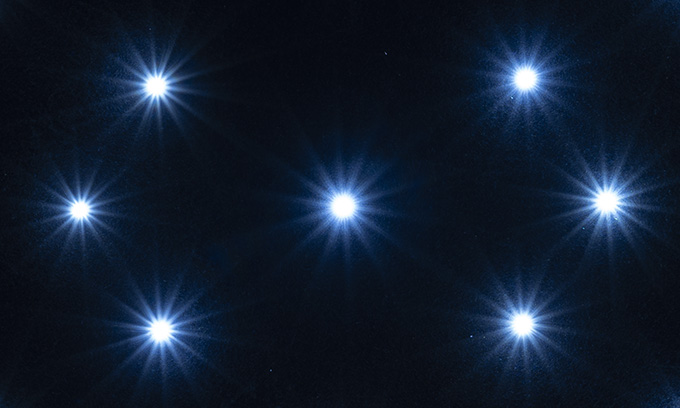
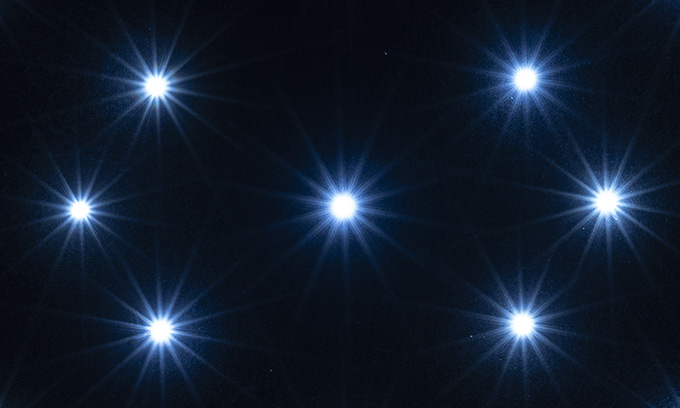
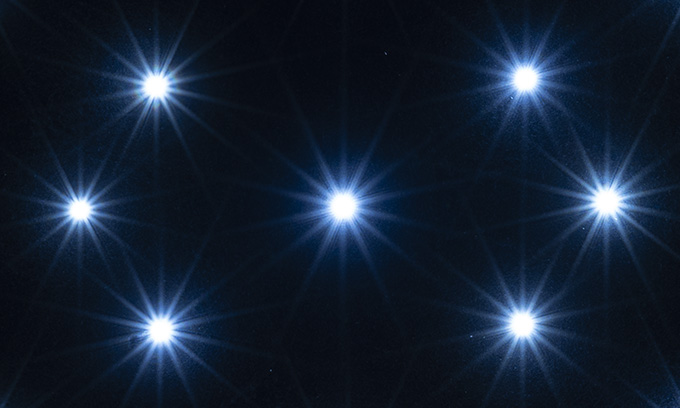
Sample Images
Competition
While the Sony FE PZ 16-35mm f/4 G (shown to the left below) is unique in terms of its video support, it is not alone within the photographic scope at least. There’s the already mentioned Zeiss T* Vario-Tessat 16-35mm f/4 OSS (2nd left) – a dated lens in comparison. Overall it’s inferior in comparison, although it has the advantage of featuring an optical image stabilizer. Then there’s the new Sigma 16-28mm f/2.8 DN Contemporary (2nd from the right). We haven’t tested this one yet. Obviously, it’s a faster lens but don’t expect it to be better. The same can be said about the Tamron 17-28mm f/2.8 Di III RXD. Both are a little bit more affordable despite being faster.

Visual comparison courtesy of camerasize.com.
The Sony FE PZ 16-35mm f/4 G stands out in a couple of ways. In terms of optical performance, it is more consistent than most ultra-wide zoom lenses that we have tested so far. Usually, these lenses tend to be decent at their widest setting, but the performance falls apart at the "long" end of the zoom range. The unofficial predecessor - the Zeiss T* Vario-Tessar FE 16-35mm f/4 OSS - is a typical example of this. Conversely, the Sony lens produces an extremely sharp center and a good to very good outer image field throughout the zoom range and all relevant aperture settings. RAW image distortions are high, even excessive at 16mm, so it's clear that image auto-correction is required for this lens. With activated auto-correction image distortions are basically absent. It's a similar case with respect to vignetting. The RAW vignetting is very high at 16mm. With auto-correction on, the light falloff is reduced by about 1EV (f-stop) at 16mm although you can still notice some vignetting at 16mm f/4 at least. The issue is well controlled at other settings in this case. Lateral CAs are low even in RAW images. Sun stars are pretty good with a sweet spot around f/11. Being a rather slow ultra-wide zoom lens, it's quite obvious that this isn't a bokeh monster. However, the out-of-focus blur is quite decent at very close focus distances at least. Flare can be an issue in critical scenes, thus attaching the lens hood is a good idea if the light source is near or just outside of the edge of the image frame.
The Sony lens is amazingly compact and lightweight - yet this doesn't compromise the build quality. While the lens body is made of plastics, it feels quite sturdy. The internal zoom mechanism as well as the dust- and moisture-resistant design also contributes to the high-quality perception. Sony has implemented a power zoom mechanism that can be controlled via the zoom ring and a zoom rocker. The video folks are going to love this, of course. There's also minimal focus breathing. However, we can certainly recommend this lens to photographers as well. While you can notice a certain lag during zooming, it's rather irrelevant in real life. The traditionalists and videographers will also appreciate the dedicated aperture ring with a clicked and de-clicked mode. If anything, the lack of optical image stabilization could be seen as a shortcoming. However, given the fact that in-camera stabilization is available anyway, it's not overly important really.
Overall, the Sony FE PZ 16-35mm f/4 G represents a significant update over the old Zeiss "predecessor" while keeping a relatively sane price level. Therefore - highly recommended!
-
Optical Quality
-
Build Quality
-
Price / Performance


